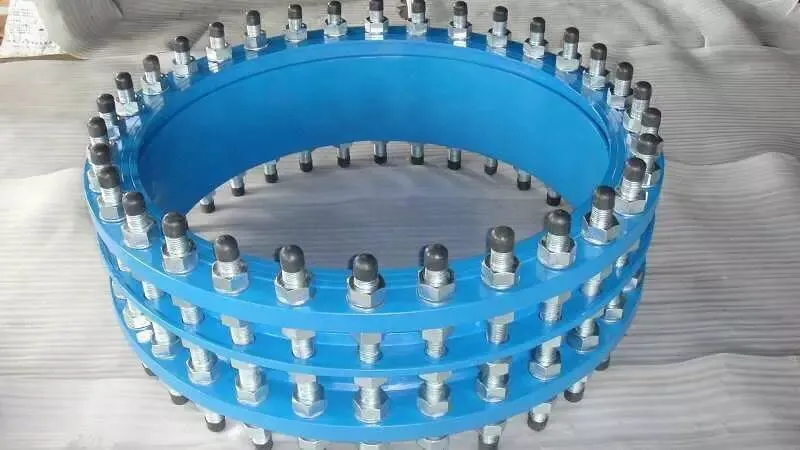hydraulic bollard system
The Hydraulic Bollard System A Comprehensive Overview
In an era where urban security and traffic management are paramount, hydraulic bollard systems have emerged as a key solution for cities around the globe. These systems offer a sophisticated means to control vehicle access, enhance security, and manage traffic flow, all while being visually unobtrusive. This article delves into the mechanics, applications, benefits, and future of hydraulic bollard systems, illustrating their significance in modern urban planning.
Understanding Hydraulic Bollards
Hydraulic bollards are vertical posts that can be raised or lowered with the assistance of hydraulic systems, allowing for flexible control over vehicle entry and exit points. Typically made from robust materials like steel, these bollards can withstand significant impacts and are designed to deter unauthorized vehicle access. The hydraulic mechanism allows for rapid deployment, making it possible to manage traffic flow efficiently whenever necessary.
The operation of these bollards is facilitated by a hydraulic pump and a series of valves, which regulate the movement of hydraulic fluid. When raised, the bollards provide a formidable barrier against potential threats, such as unauthorized vehicles or security risks. Conversely, when lowered, they allow for easy passage, making them ideal for environments where variable access is crucial.
Applications of Hydraulic Bollard Systems
Hydraulic bollard systems find their applications in various sectors, including transportation hubs, government buildings, commercial centers, and event venues. One of their most critical uses is in security-sensitive locations like airports and embassies, where preventing unauthorized vehicle access is essential for public safety.
In commercial settings, these systems are used to create pedestrian zones, ensuring safety while allowing businesses to thrive. They help manage vehicular traffic in crowded urban areas, providing flexibility for emergency vehicles while maintaining regular traffic flows. Furthermore, in event management, hydraulic bollards can be deployed to control access during large gatherings or concerts, preventing potential security hazards.
Benefits of Hydraulic Bollard Systems
hydraulic bollard system

The advantages of hydraulic bollard systems are manifold. Firstly, they offer enhanced security. With the capability to withstand significant impacts and operate swiftly, these systems act as a first line of defense against threats. Their retractable nature allows for easy management of access points, which is particularly advantageous for locations that require a balance between security and accessibility.
Additionally, hydraulic bollards are aesthetically pleasing. Unlike fixed barriers, they can be integrated seamlessly into the urban landscape, preserving the visual integrity of public spaces. This feature is particularly valuable in cities where historical architecture and urban design play a crucial role in community identity.
Moreover, the deployment of hydraulic bollards can lead to the optimization of traffic flow. By controlling vehicle access, cities can reduce congestion, improve emergency response times, and facilitate smoother transit for pedestrians. The system's ability to be automated or remotely controlled further enhances operational efficiency.
Future Trends in Hydraulic Bollard Technology
The future of hydraulic bollard systems appears promising, with advancements in technology set to transform their functionality. Innovations in smart technology are paving the way for automated systems that can work in conjunction with various city management platforms. This would allow real-time data collection and traffic monitoring, enabling cities to adapt dynamically to changing conditions.
Additionally, the integration of solar power and sustainable materials could revolutionize the hydraulic bollard industry, ensuring that security measures do not come at the cost of environmental responsibility. As urban areas continue to evolve, the demand for innovative solutions that combine security, aesthetics, and practicality will only grow.
Conclusion
In summary, hydraulic bollard systems play a crucial role in modern urban infrastructure. Their ability to enhance security, manage traffic flow, and integrate seamlessly into city designs makes them an invaluable asset. As technology continues to advance, these systems will likely become even more sophisticated, paving the way for safer and more efficient urban environments. With cities facing increased challenges related to safety and traffic management, hydraulic bollard systems will undoubtedly remain at the forefront of innovative urban solutions.
-
The Smarter Choice for Pedestrian AreasNewsJun.30,2025
-
The Gold Standard in Round Drain CoversNewsJun.30,2025
-
The Gold Standard in Manhole Cover SystemsNewsJun.30,2025
-
Superior Drainage Solutions with Premium Gully GratesNewsJun.30,2025
-
Superior Drainage Solutions for Global InfrastructureNewsJun.30,2025
-
Square Manhole Solutions for Modern InfrastructureNewsJun.30,2025
-
Premium Manhole Covers for Modern InfrastructureNewsJun.30,2025
